Prediction of Node Importance of Power System Based on ConvLSTM
Abstract
:1. Introduction
1.1. Motivation and Incitement
1.2. Literature Review and Research Gaps
1.3. Major Contribution and Organization
- (1)
- It shows the necessity of predicting the importance of power system nodes;
- (2)
- The importance data set of power system nodes is simulated and constructed by the EB-SALSA algorithm;
- (3)
- A deep ConvLSTM prediction network considering the interaction between nodes is designed;
- (4)
- By comparing with the LSTM prediction network, the advantages of the proposed ConvLSTM prediction network for node importance prediction are analyzed.
2. Prediction Methods
2.1. LSTM
2.2. ConvLSTM
3. Preparations before Forecasting
3.1. Evaluation Method of Node Importance
3.2. Preprocessing the Node Importance Dataset
3.3. Prediction Dataset Structure Reshaping Suitable for ConvLSTM Networks
3.4. Building a ConvLSTM Prediction Model
4. Case Analysis
4.1. IEEE-39 Bus System
4.2. IEEE-118 Bus System
5. Conclusions
Author Contributions
Funding
Conflicts of Interest
Abbreviations
| ConvLSTM | Convolutional long short-term memory |
| LSTM | Long short-term memory |
| MAE | Mean absolute error |
| RMSE | Root mean square error |
| MAPE | Mean absolute percentage error |
References
- Andersson, G.; Donalek, P.; Farmer, R. Causes of the 2003 major grid blackouts in north america and europe, and recommended means to improve systemdynamic performance. IEEE Trans. Power Syst. 2005, 20, 1922–1928. [Google Scholar] [CrossRef]
- Wu, Y.K.; Chang, S.M.; Hu, Y.L. Literature review of power system blackouts. Energy Procedia 2017, 141, 428–431. [Google Scholar] [CrossRef]
- Brabasi, A.L.; Abert, R. Emergence of scaling in random networks. Science 1999, 286, 509–512. [Google Scholar] [CrossRef] [PubMed] [Green Version]
- Hines, P.; Balasubramaniam, K.; Cotilla, S.E. Cascading failures in power grids. IEEE Potentials 2009, 28, 24–30. [Google Scholar] [CrossRef]
- Song, H.H.; Zhang, X.W.; Wu, J.J.; Qu, Y.B. Low-frequency oscillations in coupled phase oscillators with inertia. Sci. Rep. 2019, 9, 17414. [Google Scholar] [CrossRef] [PubMed]
- Reka, A.; Jeong, H.; Albert, L.B. Internet: Diameter of the world-wide web. Nature 1999, 401, 130–131. [Google Scholar]
- Geng, J.Q.; Piao, X.F.; Qu, Y.B.; Song, H.H. Method for finding the important nodes of an electrical power system based on weighted-SALSA algorithm. IET Gener. Transm. Distrib. 2019, 13, 4933–4941. [Google Scholar] [CrossRef]
- Ozcanli, A.K.; Yaprakdal, F.; Baysal, M. Deep learning methods and applications for electrical power systems: A comprehensive review. Int. J. Energy Res. 2020, 44, 7136–7157. [Google Scholar] [CrossRef]
- Liu, Y.; Guan, L. Wind power short-term prediction based on LSTM and discrete wavelet transform. Appl. Sci. 2019, 9, 1108. [Google Scholar] [CrossRef] [Green Version]
- Mishra, M.; Nayak, J.; Naik, B.; Abraham, A. Deep learning in electrical utility industry: A comprehensive review of a decade of research. Eng. Appl. Artif. Intell. 2020, 96, 104000. [Google Scholar] [CrossRef]
- Shi, X.J.; Chen, Z.R.; Wang, H. Convolutional LSTM network: A machine learning approach for precipitation now casting. Adv. Neural Inf. Process. Syst. 2015, 28, 802–810. [Google Scholar]
- Khodayar, M.; Liu, G.; Wang, J.; Khodayar, M.E. Deep Learning in Power Systems Research: A Review. J. Power Energy Syst. China Soc. Electr. Eng. 2021, 7, 12. [Google Scholar]
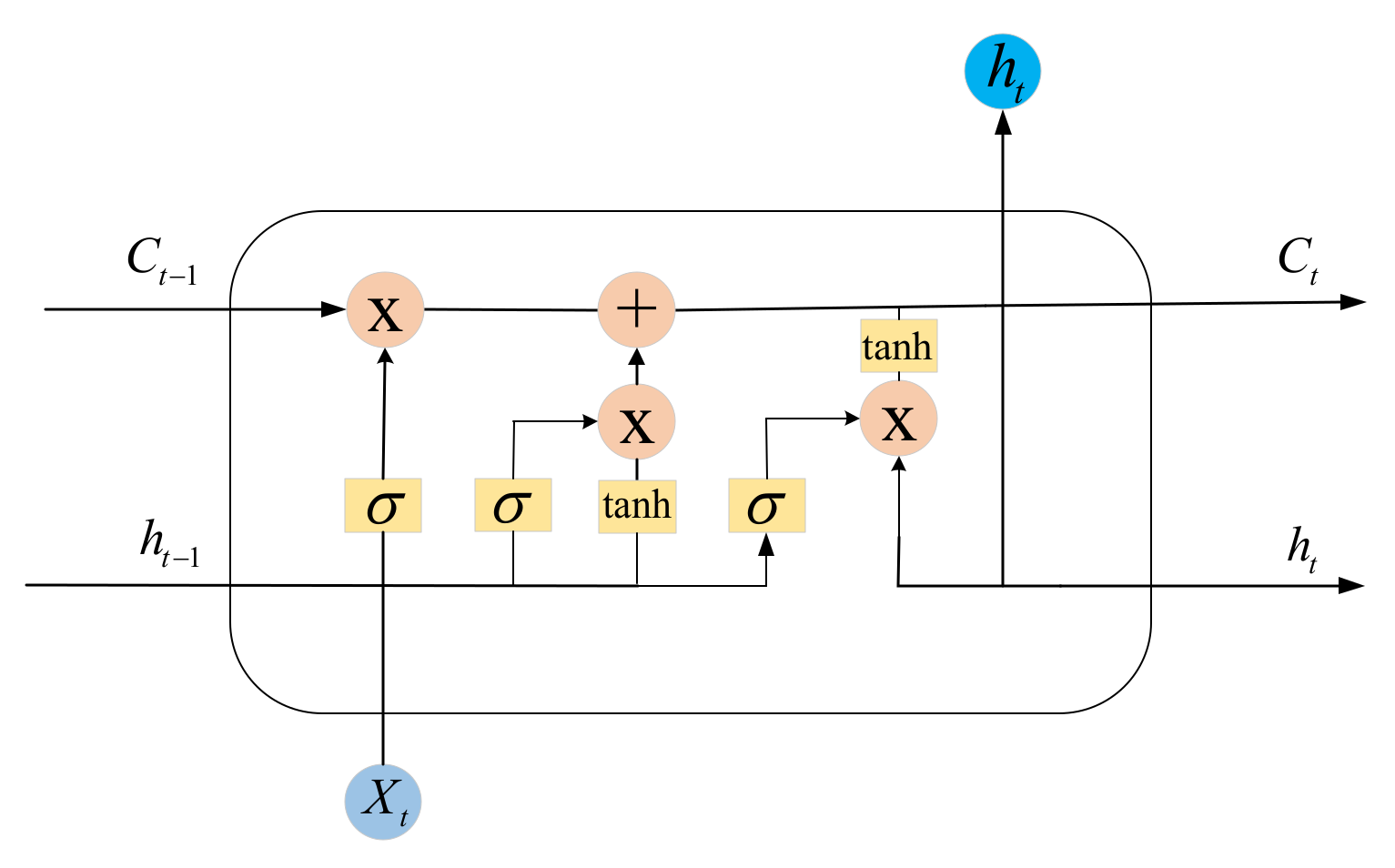
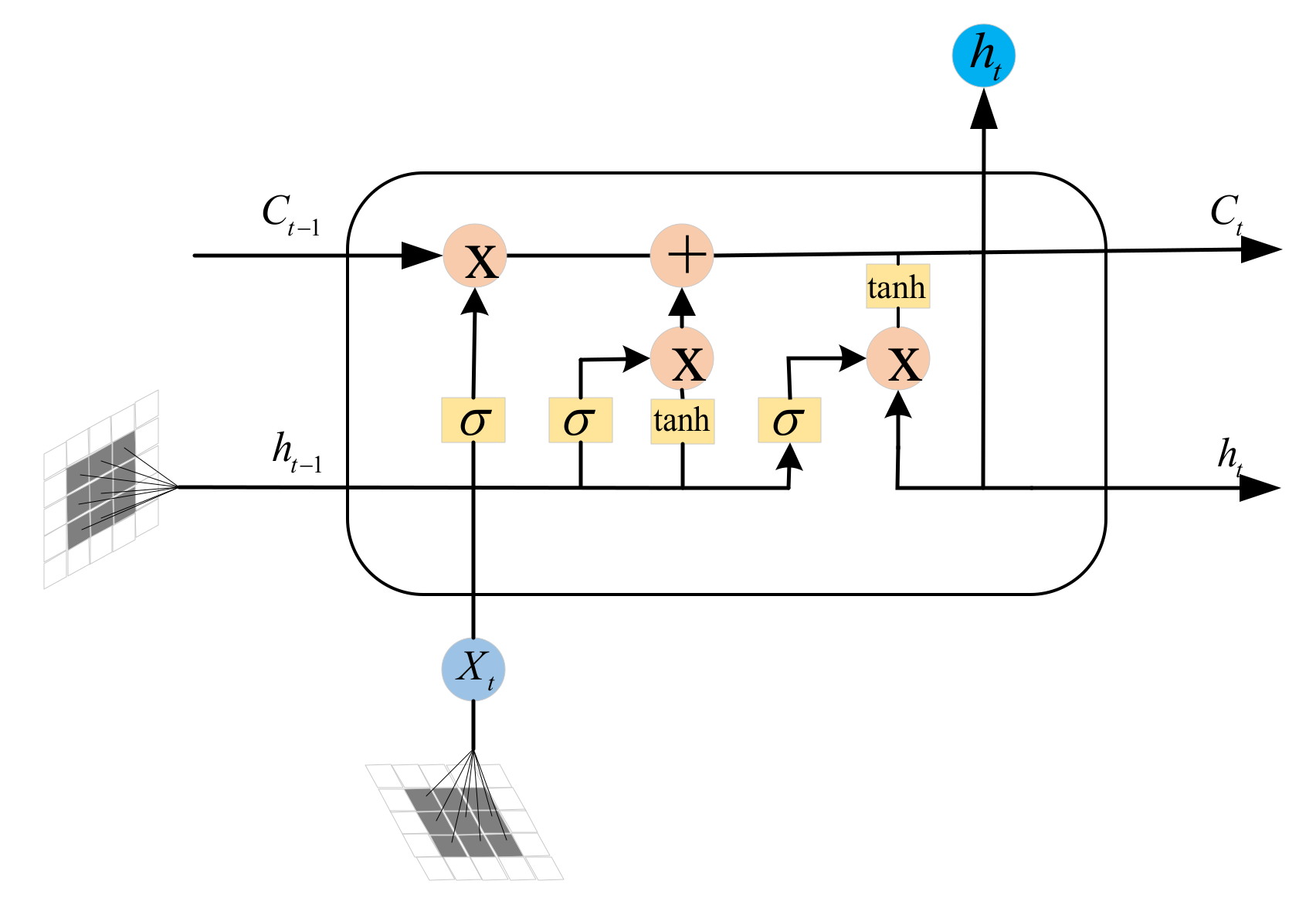
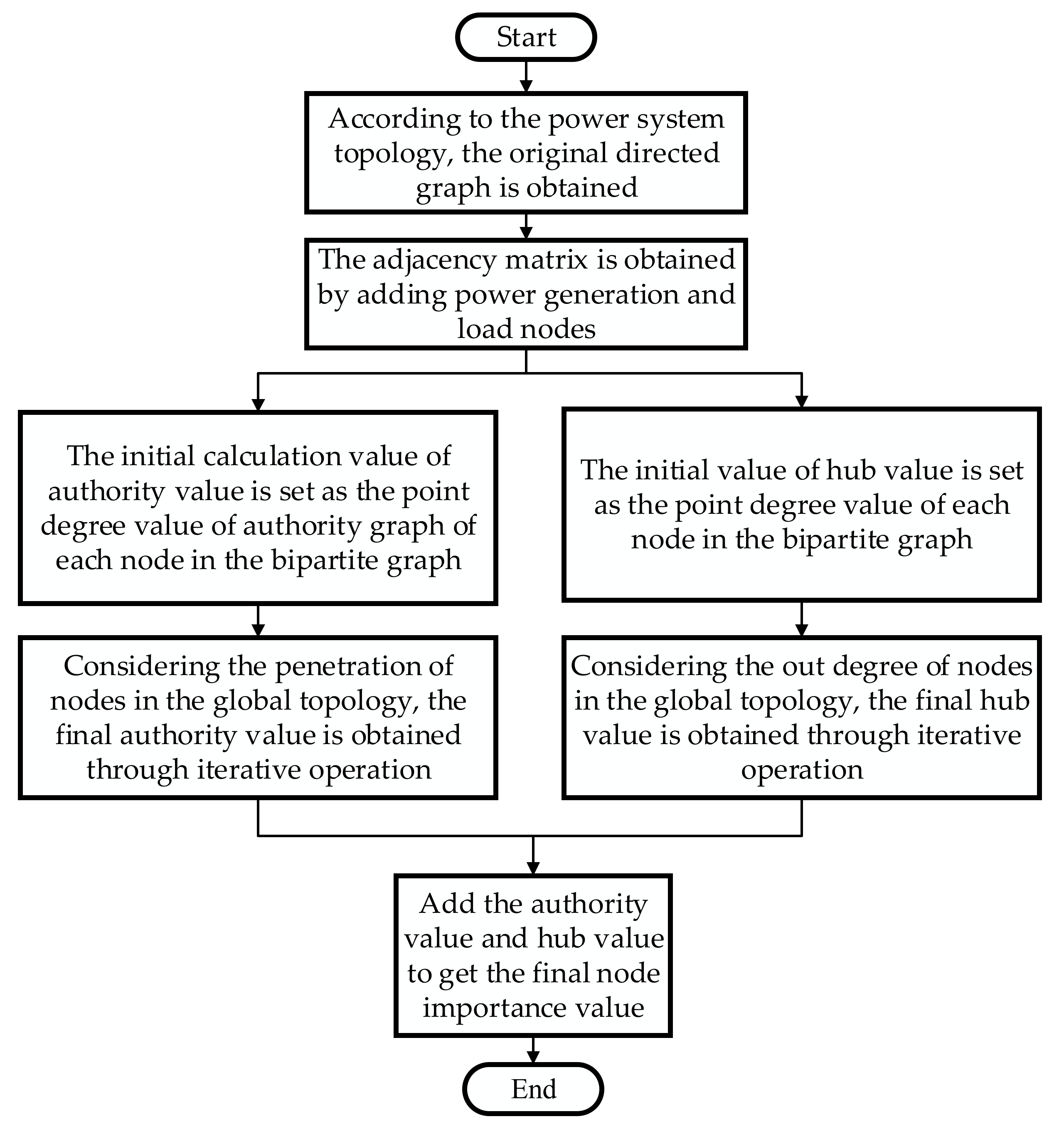
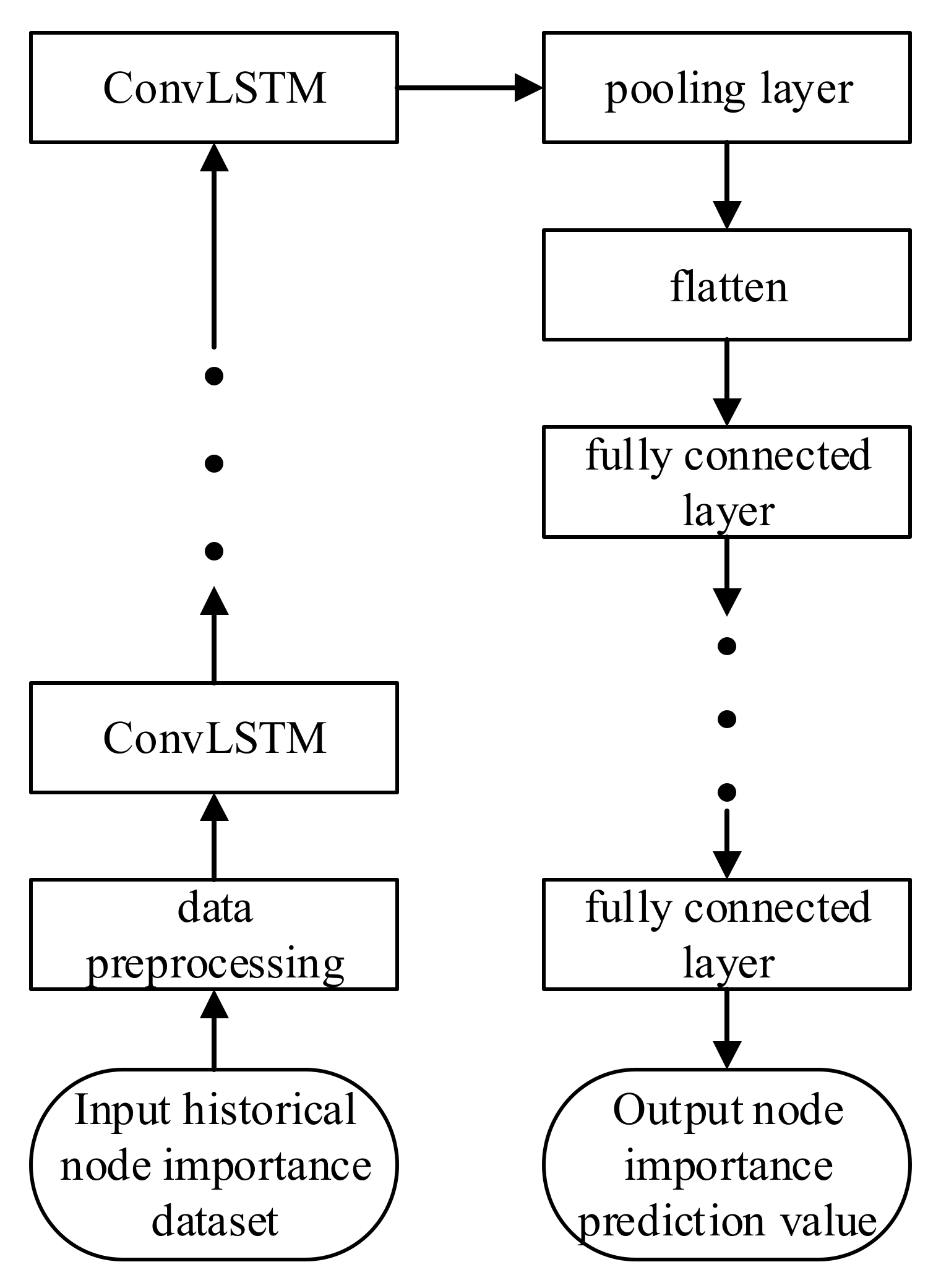
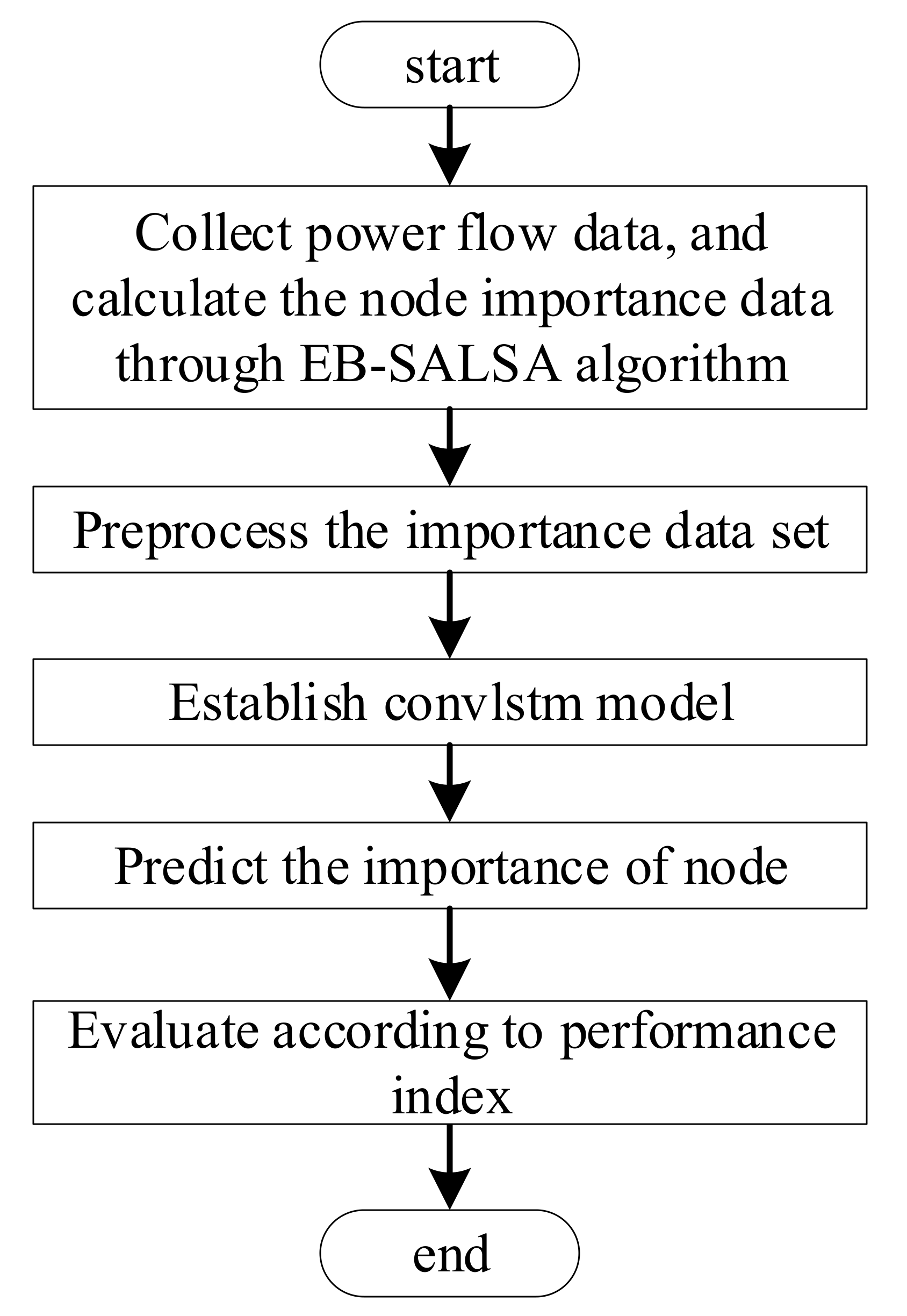
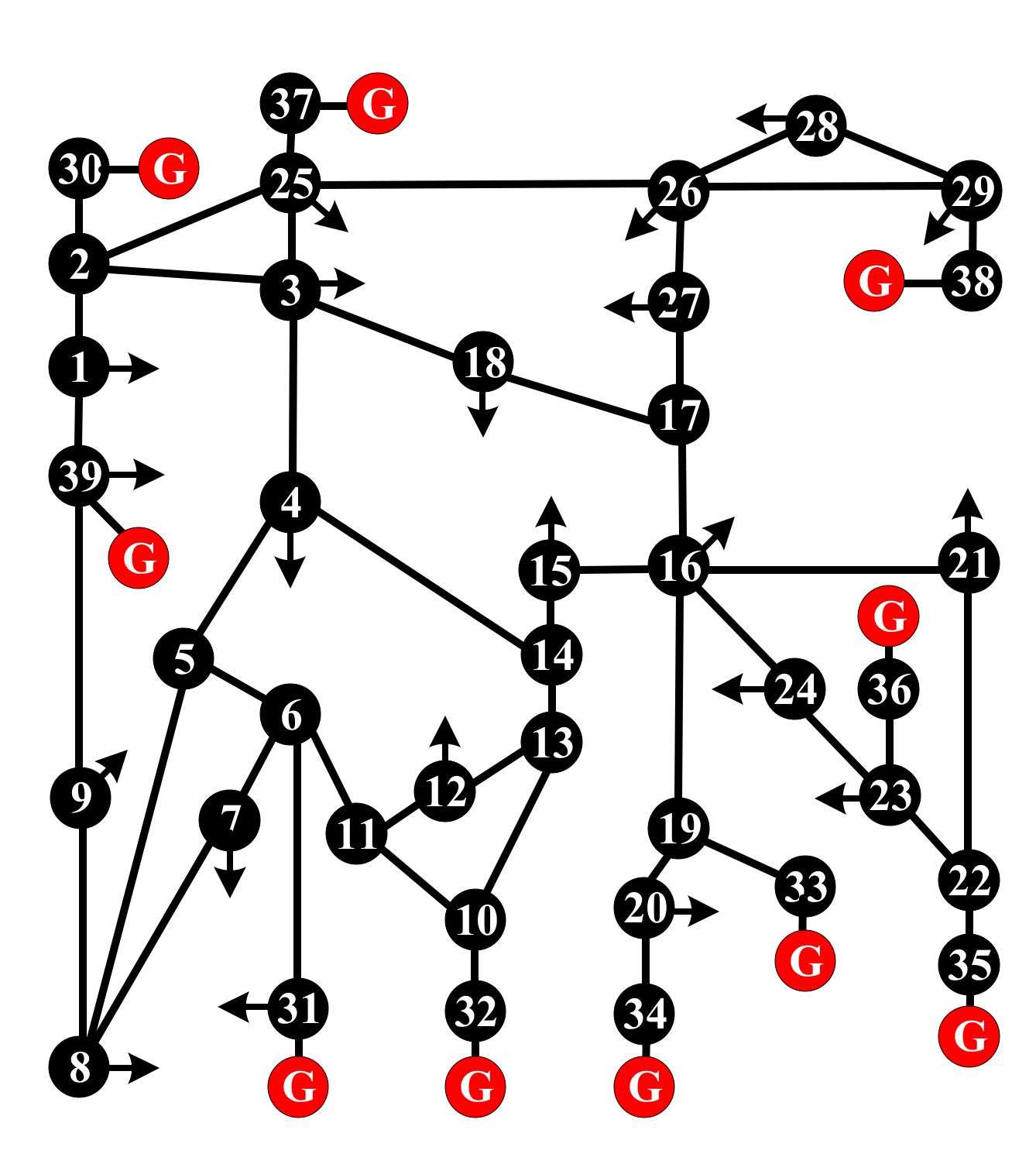
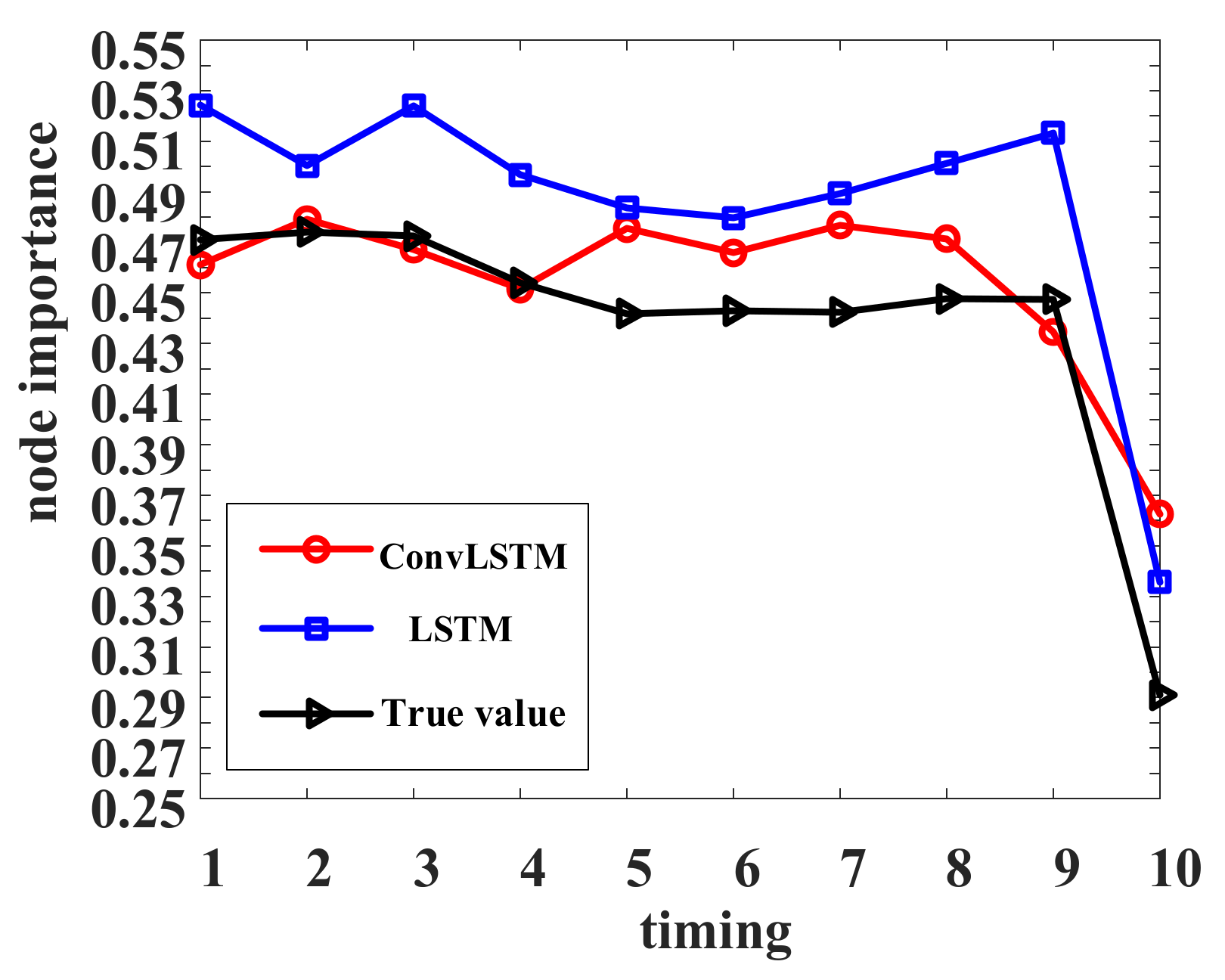


| Internet | Power System | Complex Network |
|---|---|---|
| Webpage | Bus | Node |
| Hyperlinks | Transmission line | Edge |
| Power System Scale | Parameter Setting |
|---|---|
| IEEE-39 | 2×2-128; 2×2-128; 2×2-128; 2×2-128; 2×2-128 |
| Model | Performance Evaluation Index | ||
|---|---|---|---|
| MAE | RMSE | MAPE | |
| LSTM | 0.0464 | 0.0475 | 1.0433 |
| ConvLSTM | 0.0222 | 0.0298 | 0.3081 |
| Power System Scale | Parameter Setting |
|---|---|
| IEEE-118 | 2×2-256; 2×2-256; 2×2-256; 2×2-256; 2×2-256 |
| Model | Performance Evaluation Index | ||
|---|---|---|---|
| MAE | RMSE | MAPE | |
| LSTM | 0.0693 | 0.0768 | 1.1901 |
| ConvLSTM | 0.0133 | 0.0150 | 0.2274 |
Publisher’s Note: MDPI stays neutral with regard to jurisdictional claims in published maps and institutional affiliations. |
© 2022 by the authors. Licensee MDPI, Basel, Switzerland. This article is an open access article distributed under the terms and conditions of the Creative Commons Attribution (CC BY) license (https://creativecommons.org/licenses/by/4.0/).
Share and Cite
Wu, X.; Geng, J.; Liu, M.; Song, Z.; Song, H. Prediction of Node Importance of Power System Based on ConvLSTM. Energies 2022, 15, 3678. https://doi.org/10.3390/en15103678
Wu X, Geng J, Liu M, Song Z, Song H. Prediction of Node Importance of Power System Based on ConvLSTM. Energies. 2022; 15(10):3678. https://doi.org/10.3390/en15103678
Chicago/Turabian StyleWu, Xu, Junqi Geng, Meng Liu, Zongxun Song, and Huihui Song. 2022. "Prediction of Node Importance of Power System Based on ConvLSTM" Energies 15, no. 10: 3678. https://doi.org/10.3390/en15103678
APA StyleWu, X., Geng, J., Liu, M., Song, Z., & Song, H. (2022). Prediction of Node Importance of Power System Based on ConvLSTM. Energies, 15(10), 3678. https://doi.org/10.3390/en15103678






